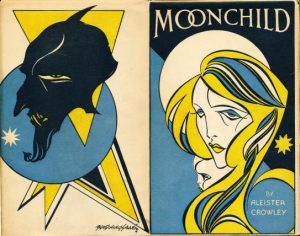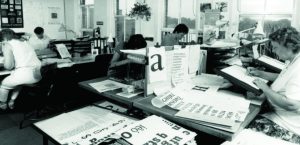
Looking Back at the Russian Revolution
2017 marks the 100th anniversary of the Russian Revolution, which occurred in March and November (Gregorian calendar) in 1917. The pair of revolutions saw the disassembly of the Tsarist autocracy in favour of the Soviet Union.
Widely discussed and debated, this historical event has had a monumental impact on socio-economics and history. Furthermore, there has also been a strong impact on cultural aspects including the arts. As such, we have delved into the EUP back-content and archive to find articles which review the effect the Russian Revolution had on the arts and humanities, and made them free until the end of November. Enjoy!
Dance
The famed Russian artist, Alexander Benois, who influenced modern ballet, wrote about the Russian Revolution in his diaries, in which he was an avid writer. The original diaries themselves belong to the Society for Dance Research, but you can read certain entries in Tony Devereux’s article, ‘Alexander Benois and the Russian Revolution’, published in Dance Research in 1997. An interesting article, it offers insights into Benois’ life during the Russian Revolution and its impact on art.
Similarly, another article of interest is Lynn Garafola’s ‘An Amazon of the Avant-Garde: Bronislava Nijinska in Revolutionary Russia’. Considered one of the twentieth-century’s most innovative choreographers, Bronislava Nijinska entered Kiev just two years before the Revolution. She worked on opening her own studio, the School of Movement, during this time and the article explores her life in art and dance following the Revolution, including the danger she felt in being a woman.

Children’s Literature
However, it wasn’t only the field of dance that saw changes during the Revolution, as shown by Judith Inggs in ‘Translation and Transformation: English-Language Children’s Literature in (Soviet) Russian Guise’ (published in International Research in Children’s Literature). Exploring the political and sociological climate of translation in the Soviet Union, Inggs looks at how the translation of children’s literature was influenced by socialist reforms and censorship rules. Some authors, such as Beatrice Potter and Enid Blyton, were entirely absent and Iggs critically explores the overall image of English-language children’s literature from pre-Revolution to post-Revolution to Soviet Russia.
Religion and Film
A further look at the post-Revolution years demonstrates its impact on both religion and film. Jolyon Mitchell, in her article ‘Portraying Religion and Peace in Russian Film’ (published in Studies in World Christianity), explores how the Orthodox Church was depicted following the revolution and Mark S. Morrisson, in ‘Apocalypse 1917: Esoteric Modernism and the War in Aleister Crowley’s Moonchild’ (published in Modernist Cultures), looks at the zeal of 1917 as a context for the modernism of W. B Yeats and Aleister Crowley.

Psychoanalysis
Psychoanalysis has also been keen to reflect on the Revolution and the impact of Soviet Russia, as demonstrated by Hannah Proctor in her article, ‘A Country Beyond the Pleasure Principle’: Alexander Luria, Death Drive and Dialectic in Soviet Russia, 1917–1930’ and by Jacquy Chemouni in ‘Lenin, Sexuality and Psychoanalysis’, both published in Psychoanalysis and History.
As the above articles all demonstrate, the Russian Revolution, including its build-up and aftermath, affected the arts and artists at both a personal level as well as on a grander scale.
Enjoy all the above articles, free until 30th November.




